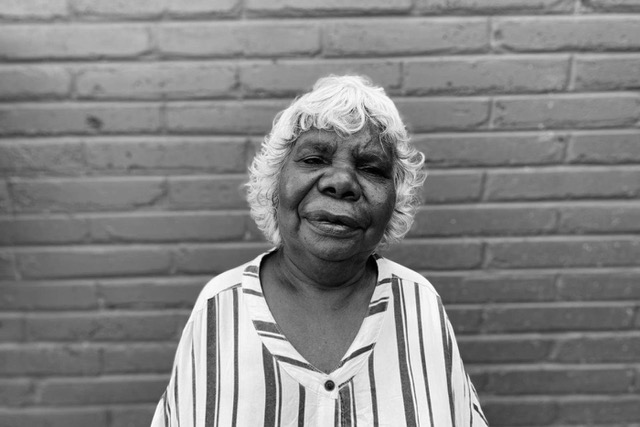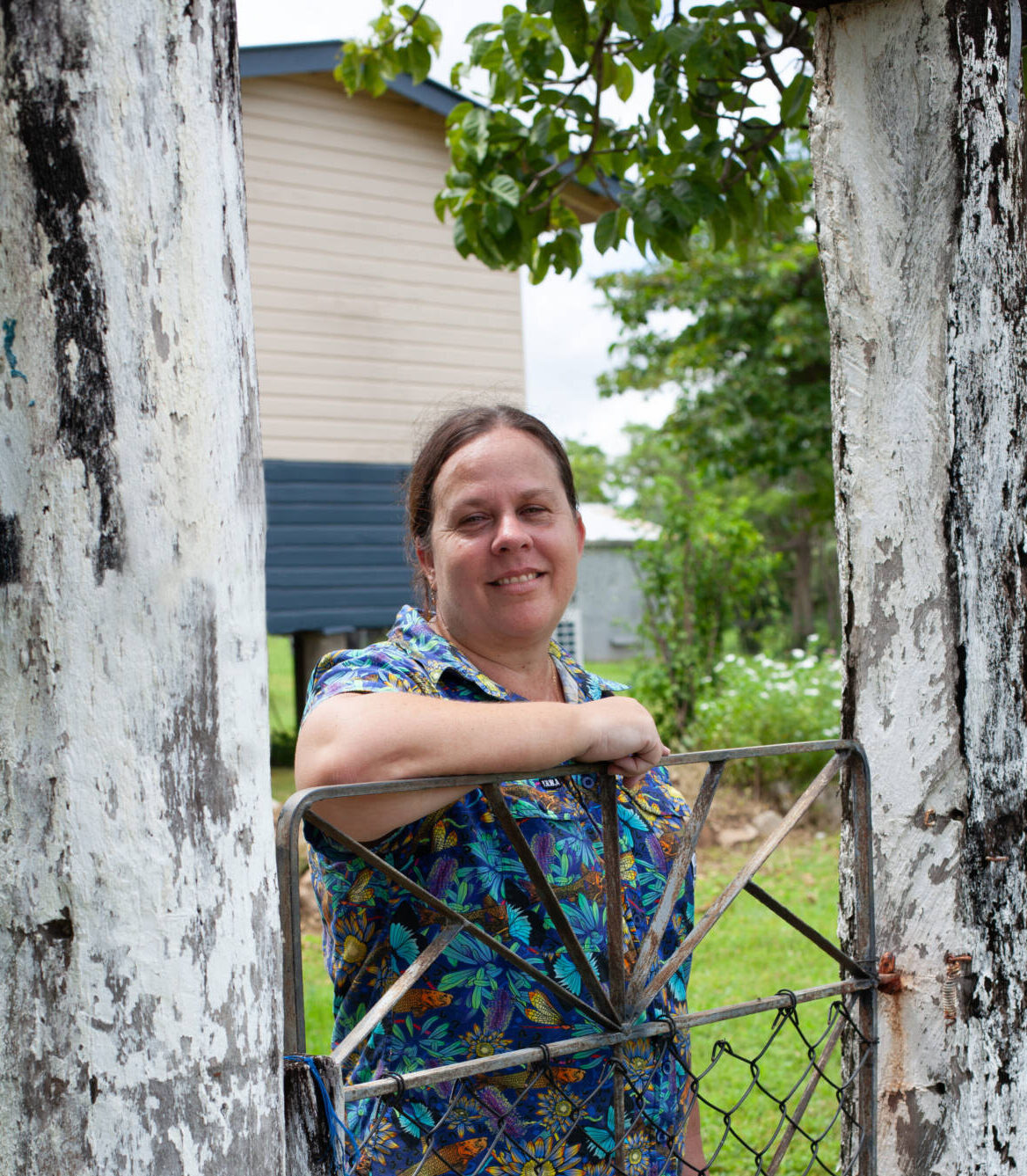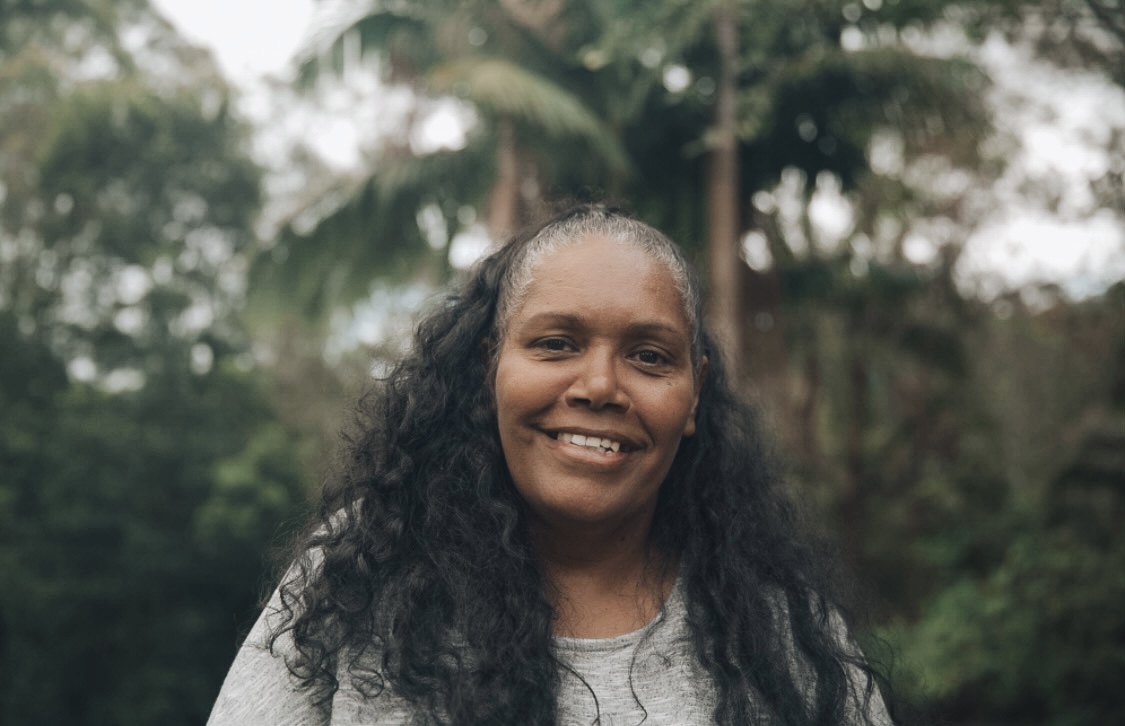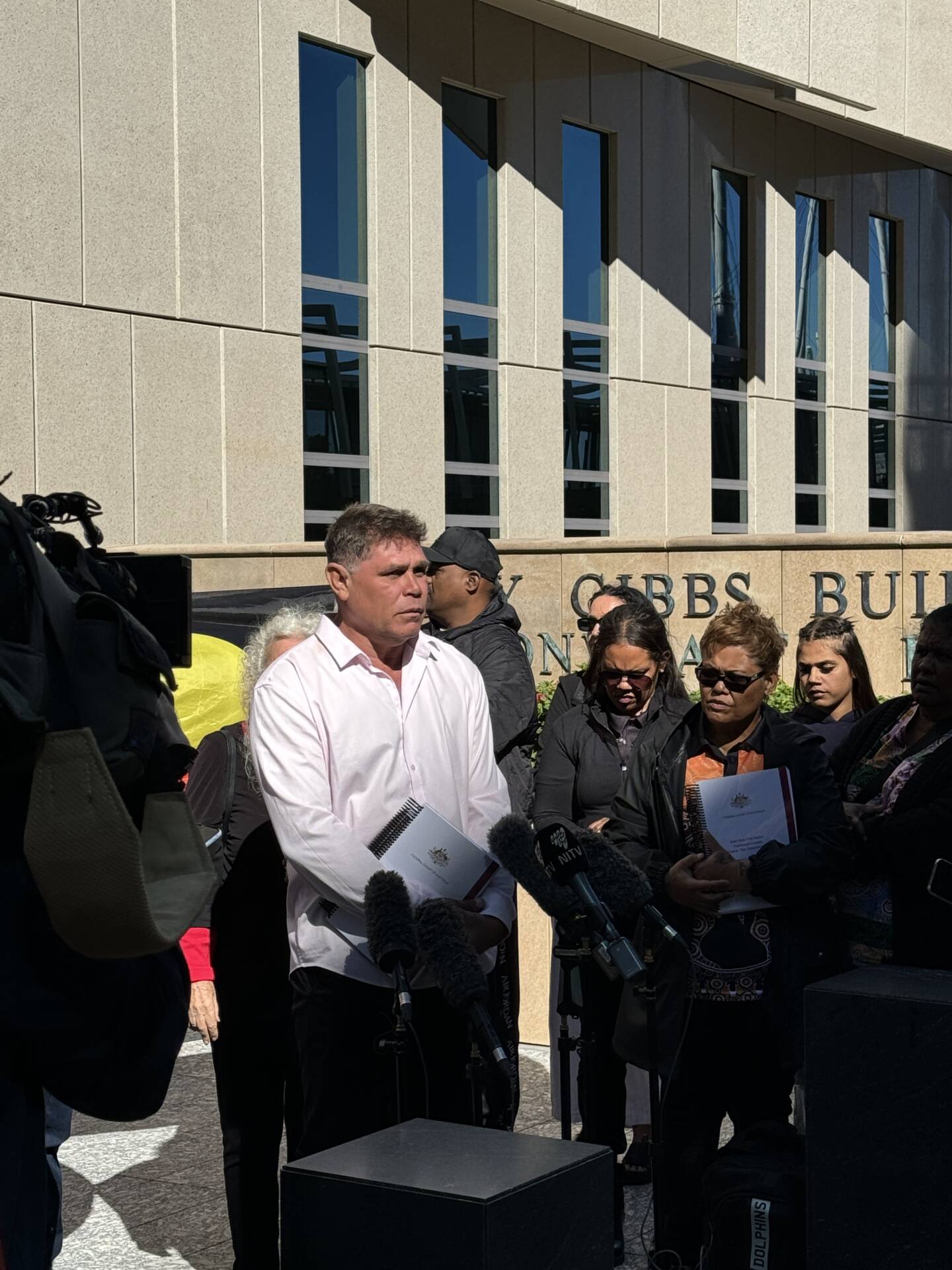After a record-breaking year last year the Darwin Aboriginal Art Fair is returning to Larrakia Country from August 6 to 11.
The largest event of its kind – DAAF connects art and culture enthusiasts and international guests with artists from 70 Art Centres from some of the most remote regions of Australia.
The fair is one of the country’s most significant and internationally recognised arts events, with a vibrant program including the Country to Couture runway, National Indigenous Fashion Awards, workshops, masterclasses, and children’s activities.
During DAAF visitors from around the world will view art from more than 1500 Indigenous artists and designers.
Babbarra Designs in Maningrida is one of the Art Centres featured in the show. It supports 47 Indigenous women textile artists from Arnhem Land.
One of those artists is Joy Garlbin, is a Kunibidji woman from the Dukurrudji clan and traditional owner at Maningrida. She is highly regarded for her work across many mediums including textile design, works on paper, bark and hollow log painting and mimih spirit carvings.
The design she will show at DAAF features the Djomi freshwater spirit mermaid, part of her dreaming passed down from her ancestors.
She says Djomi is a powerful fertility symbol with a fish tail that lives in the freshwater stream that flows out to the sea cliff near Maningrida.
“The Djomi fish tail – it represents freshwater,” Joy says. “They like human beings like us.
“There is a swamp by the ocean, near my home, where all the Djomi live and come to lay their eggs, they lay them here to grow more and more Djomi.
“When the wet season comes, the cyclones, storms, and big rain, brings enough water for the Djomi to swim out and into the waterways surrounding Maningrida.
“It start from old history story. This Djomi is my dreaming, I got permission from my djunguys to paint this Djomi design. They were talking about Djomi. They was telling me story about Djomi, my grandfather, grandmother, and my father, grandfather.”
Babbarra Designs Acting Manager Elizabeth Martin says exhibiting at Darwin Aboriginal Art Fair opens up many opportunities for artists like Joy.
“I can’t speak highly enough about what the Art Fair has done for all of the different art centres. It’s actually really incredible,” Elizabeth says.
“Especially when the artists have got an opportunity to travel, especially artists from Arnhem Land, because it’s a long way to go to get into Darwin. It just means that they then also as artist professionals get to meet other artists from lots of different areas and they make really nice friendships with artists from all over the country.”
Elizabeth says the artists appreciate how DAAF ensures that 100 per cent of all profits from their artworks go back to artists and their communities.
“I think it’s critical because the background layer that people don’t necessarily see about the art fair is that most of the art centres that come to the art fair, have got active arts worker training programmes,” she says.
“And their artists are being trained and constantly upskilled to use the Story Art Money database, which is like a custom built database, but it’s used by most art centres around Australia.
“And those arts workers that come to the art fair, they know how to do all the sales and take the money and do all those things because they’ve been trained on the ground in their communities.
“So I think in terms of professional development, that’s also another reason why the art fair is really important.
“And it helps artists to get professional experience in public relations as well. They get to talk about their art directly to people that maybe haven’t seen their particular style of artwork before because the artwork is so diverse. “





